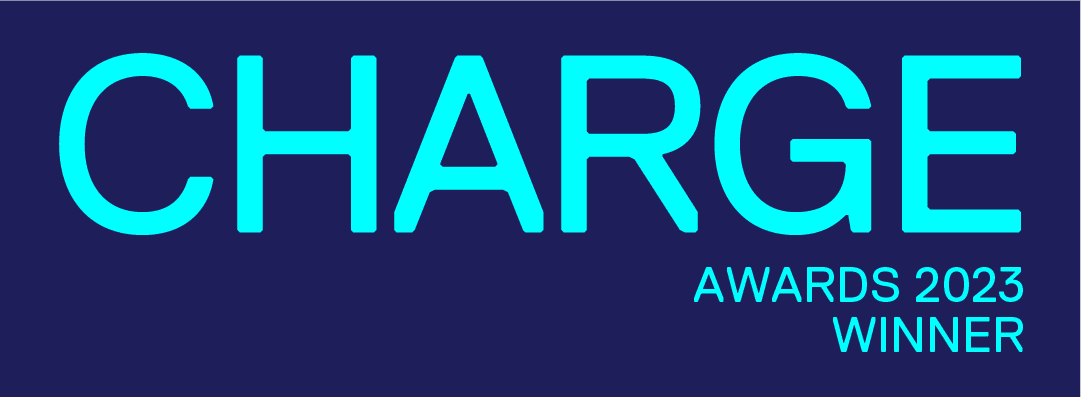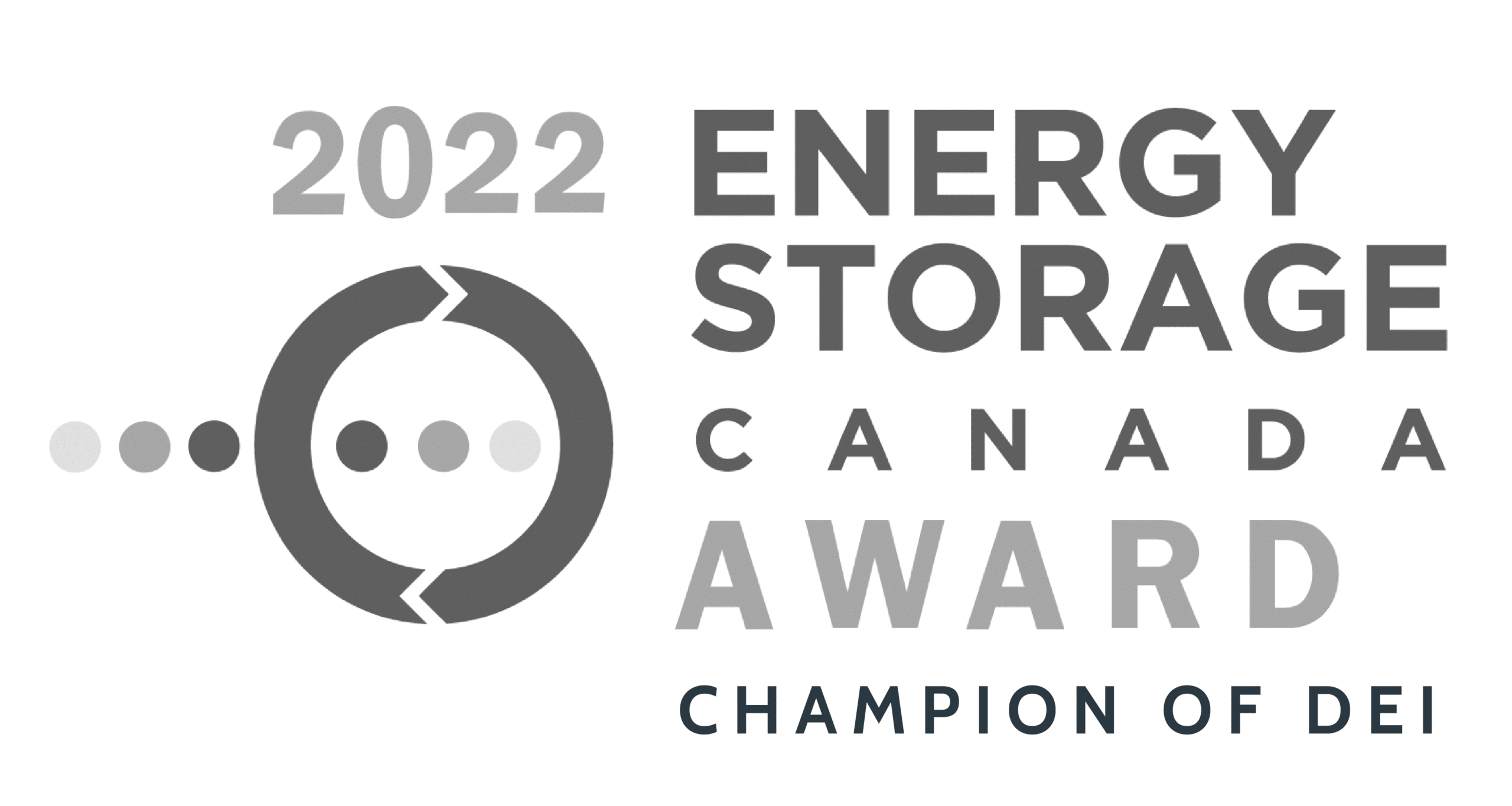Recently, Peak Power conducted an energy storage finance webinar that focused on strategies available for financing battery energy storage system projects. The webinar aimed to provide valuable insights into financing options and strategies for these projects.
In this article, we will unpack some of the main points covered during the webinar, highlighting key quotes and insights from the panelists on the day.
The Future is Bright for Energy Storage
Pablo Barrague, Vice President of Energy Storage at Madison Energy Investments, emphasized the positive outlook for energy storage—highlighting the projections by reputable advisory firms, such as Bloomberg, which consistently show an upward trend in energy storage investments.
On Madison Energy Investment’s expertise and all-encompassing approach, Barrague said, “We have over two hundred solar projects in more than twenty-five different states. So we know how to deploy this in every single different market. And about twenty of those projects are energy storage projects … They’re always either generating savings or revenues for our customers. We are the ones who are going to own the asset, maintain the asset, and operate the asset. Our customers [only] have to worry about collecting revenues or seeing savings on their utility bill.”
According to Barrague, energy storage is becoming a significant contributor to new capacity, with projections suggesting it will account for 10% of U.S. capacity by 2030. This growth presents significant opportunities for customers.
Understanding Battery Energy Storage at Your Facility
Archie Adams, Director of Business Development at Peak Power, discussed different types of battery energy storage systems and their benefits. He explained the concept of standalone storage, where batteries are installed near a customer’s meter to reduce the building’s load during peak hours.
Adams explained, “Peak Power is operating batteries to generate a pool of savings, and then the savings are shared with the building owner, through a fixed payment or through a shared saving structure. So, the standalone energy storage is primarily providing economic benefits and savings for facility bills.”
Adams further highlighted the benefits of solar + storage saying, “on the other side, we’d have Solar + Storage … this solar generates electricity, and the building buys that through a lower cost power purchase agreement, and the battery can charge from that solar.”
This approach can help manage demand charges and shift consumption to lower cost periods., Combining solar generation plus battery storage helps businesses acehive both economic and environmental benefits.
“In addition to the financial benefits of energy storage, a combined solar and storage system provides environmental benefits through GHG emissions reduction. So I like to think of solar + storage as a winning combination, peanut butter and jelly, bacon and eggs, for the New England fans, Tom Brady and Bill Belichick,” he enthused.
Ownership Structures: Pros and Cons
Archie discussed various ownership structures for battery energy storage systems. Third-party ownership involves a company like Madison Energy Investments financing and operating the battery while the savings are shared between the energy storage system owner and the host site. This option eliminates the upfront capital requirements and the need for system operation staff for the host site.
Self-ownership allows the host site to retain full savings and revenues but requires substantial upfront investment and operational expertise.
A hybrid model, combining aspects of both structures, offers shorter-term agreements but may be less cost-effective.
Favourable Markets for Battery Energy Storage
Barrague highlighted different geographic markets where battery energy storage projects are financially viable. He emphasized that each market has unique price signals and market design constructs that allow for monetizing battery services.
Barrague used the example of Ontario, which has a system demand charge that can be significantly reduced through battery dispatch. Massachusetts offers state programs that incentivize solar + storage projects with fixed-rate contracts. Other states, such as Puerto Rico or Hawaii, have high utility rates, making Solar + Storage financially advantageous.
Evaluating the compatibility of facilities with favourable markets is crucial when considering battery energy storage projects.
Watch the Webinar On Demand
Peak Power’s finance webinar provided valuable insights into financing options and strategies for battery energy storage system projects. The webinar highlighted the positive growth outlook for energy storage, the benefits of different ownership structures, and the importance of favorable markets.
With the increasing demand for energy storage, businesses and institutions can leverage these opportunities to pursue net-zero goals, reduce operating expenses, and unlock new revenue streams.
You can watch the webinar on demand, right here:





